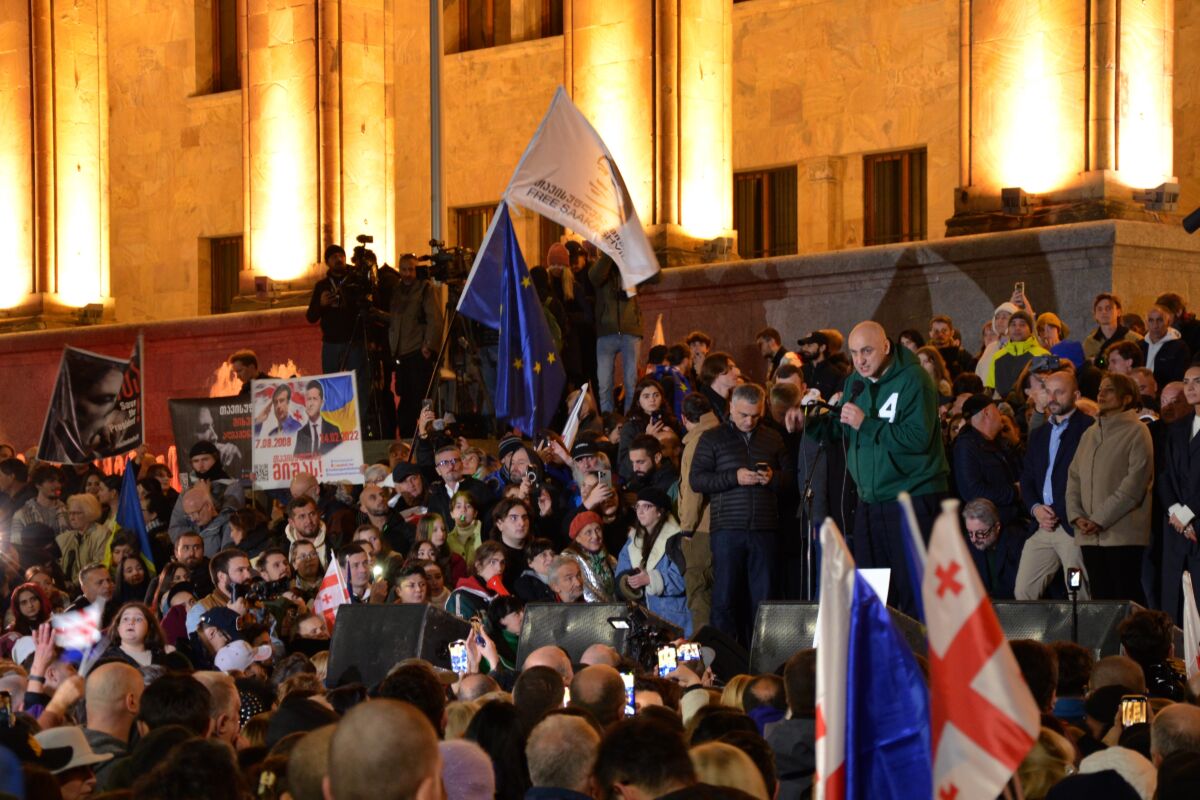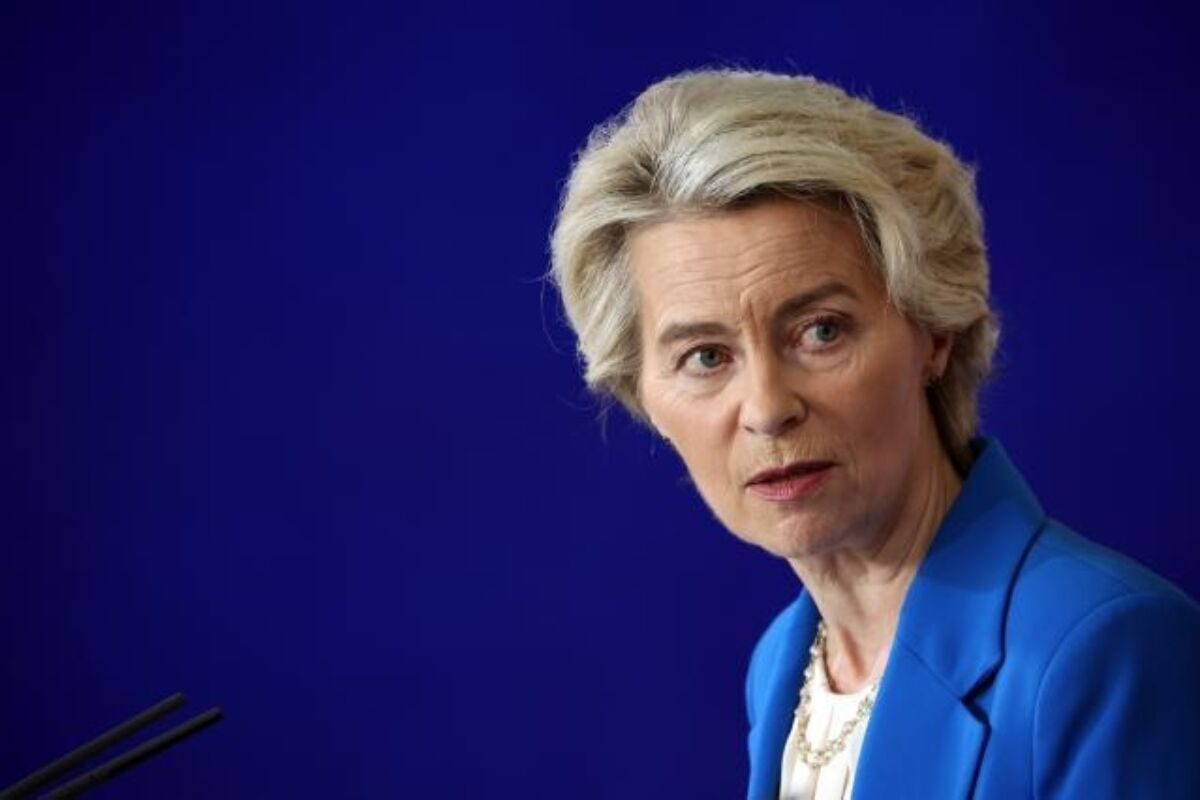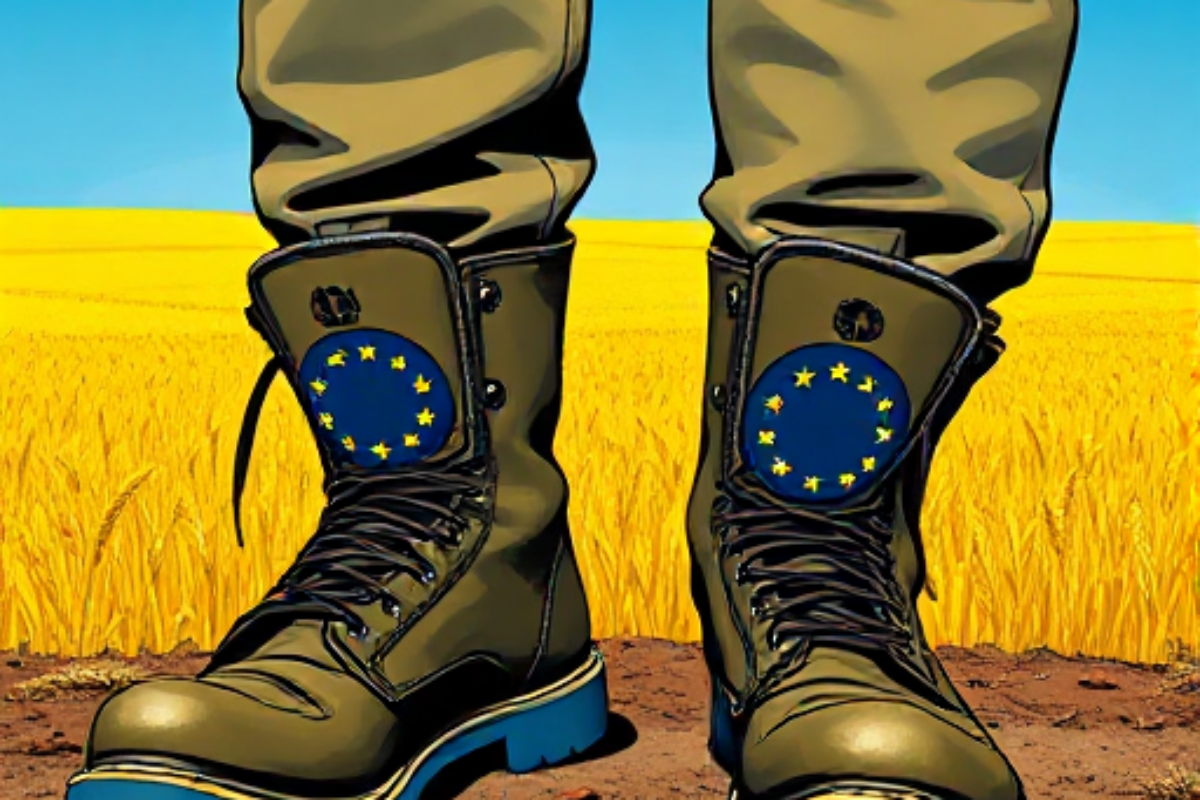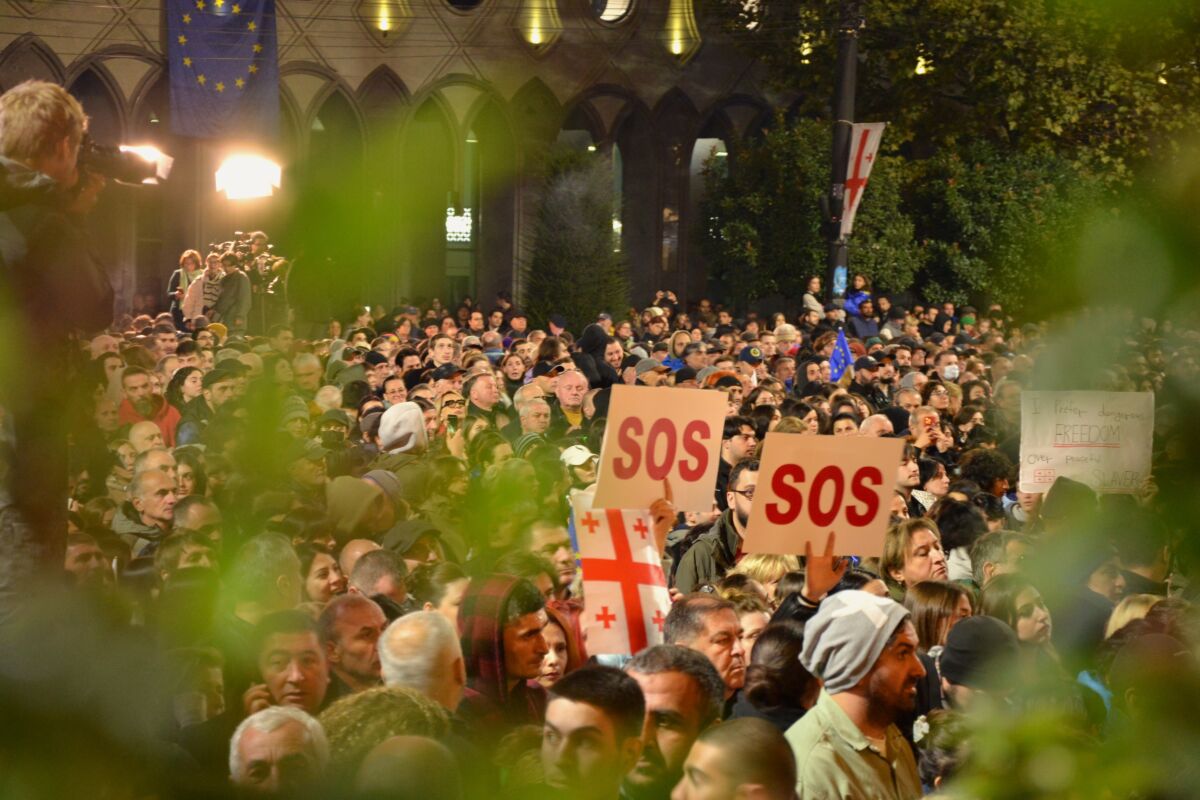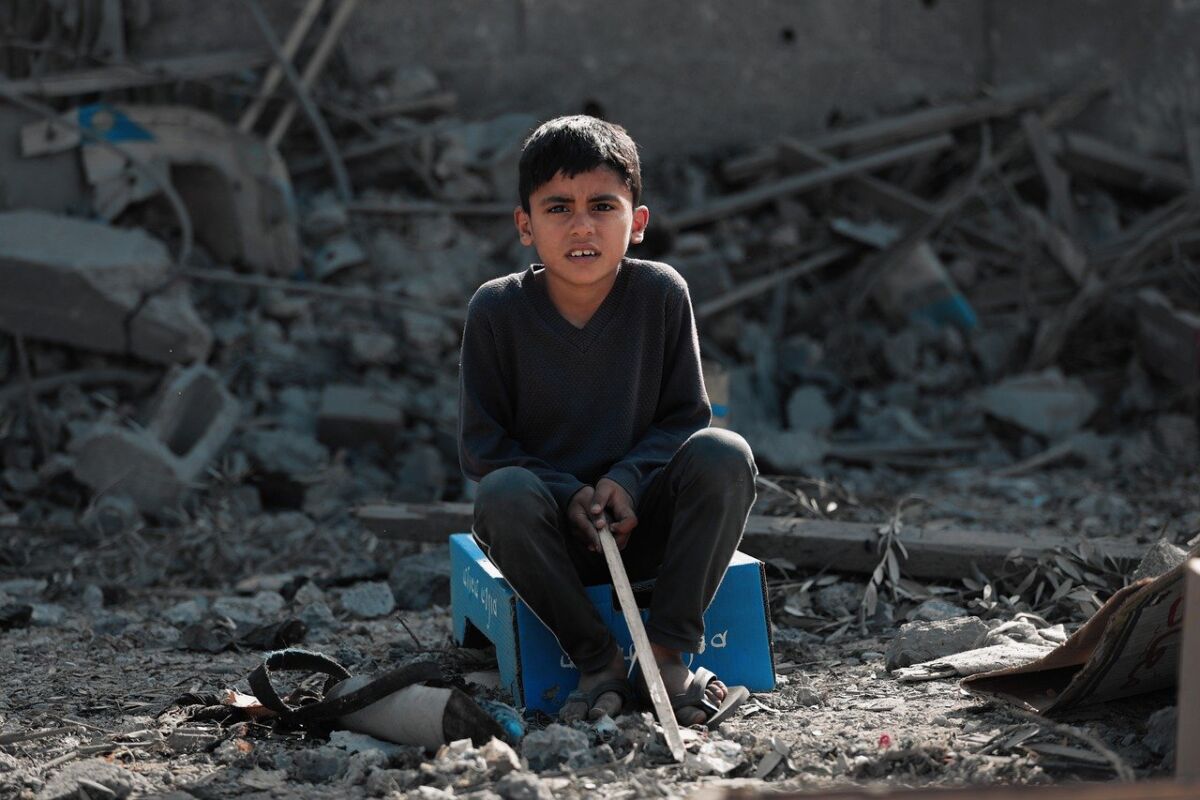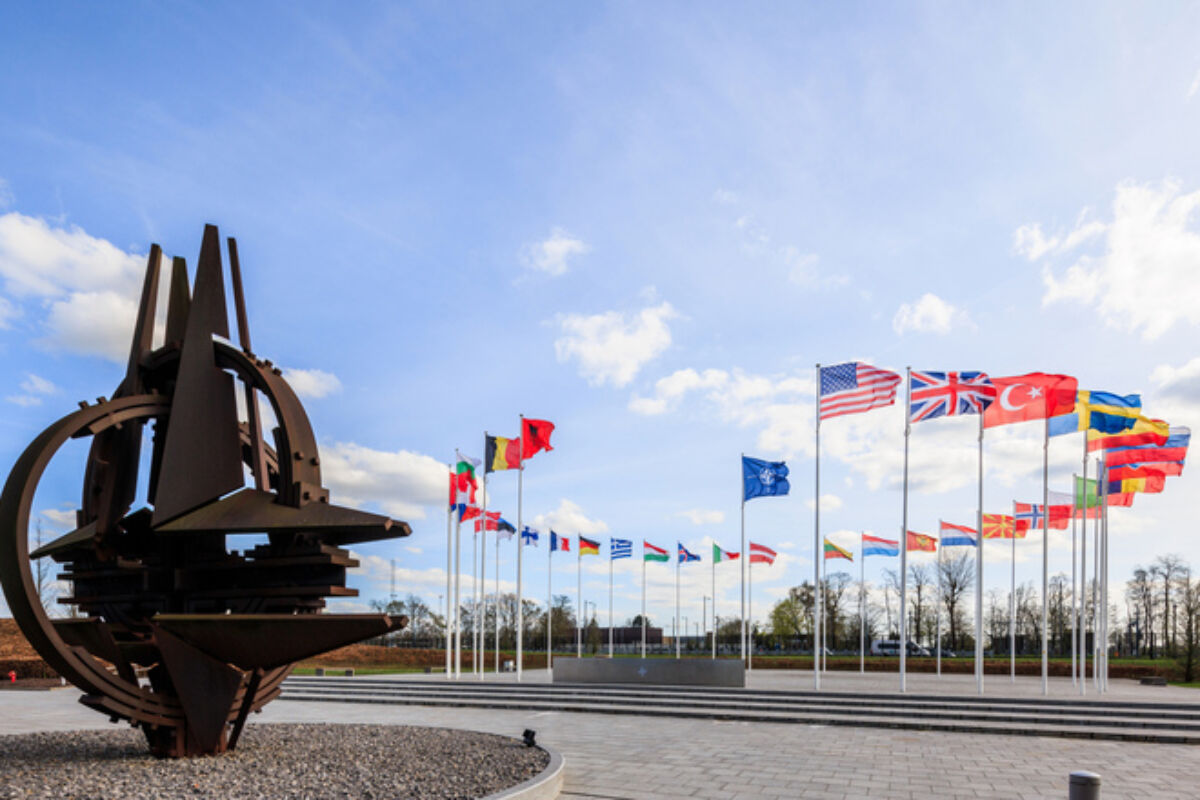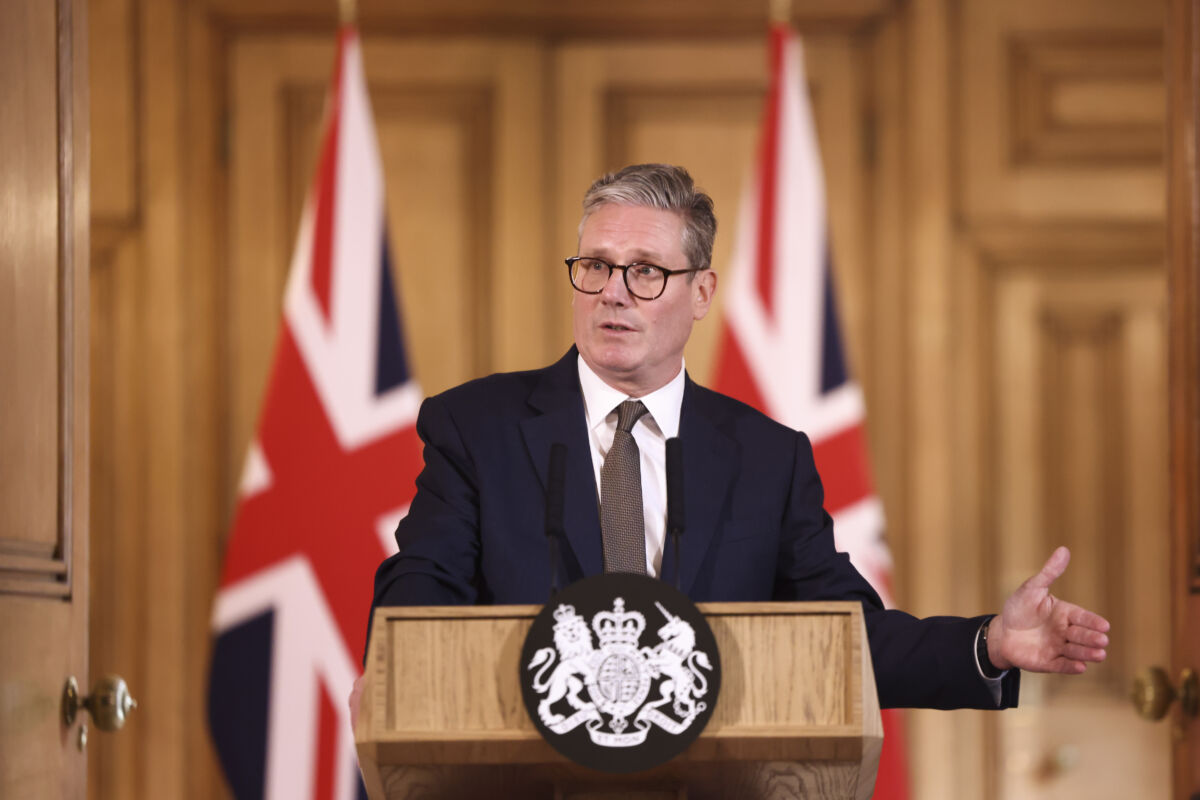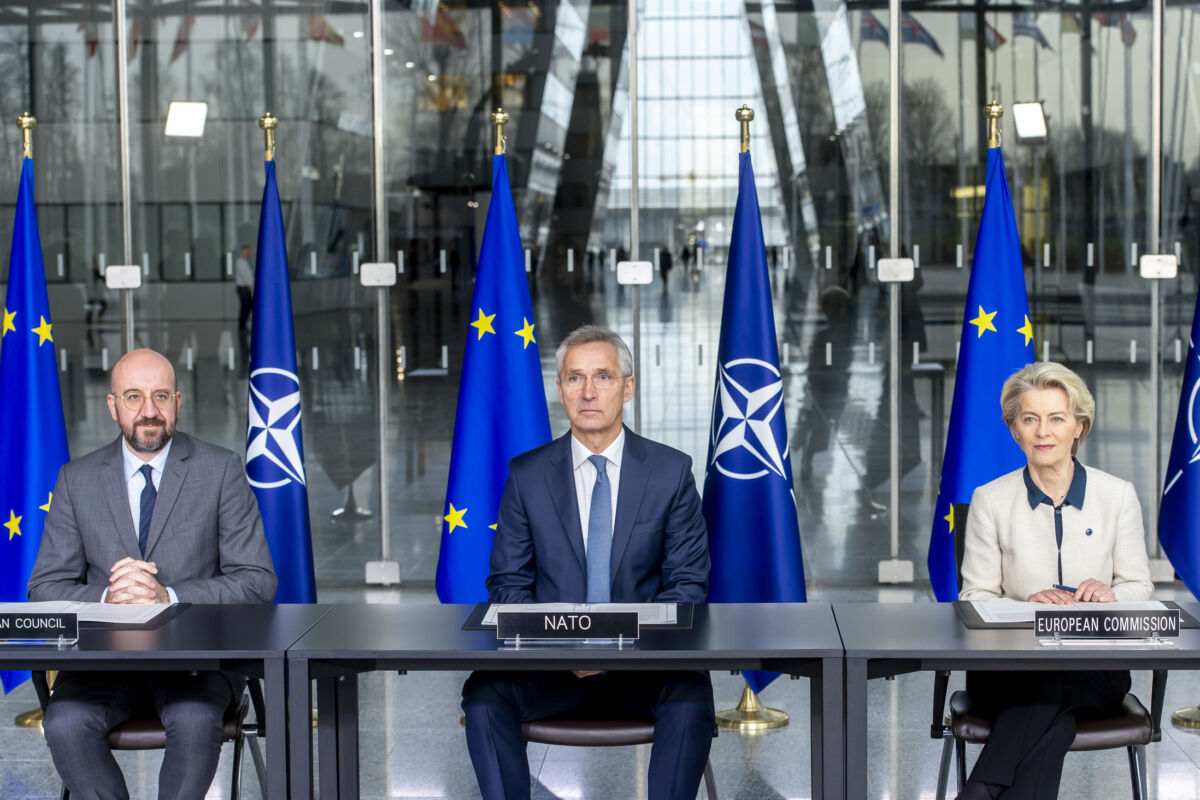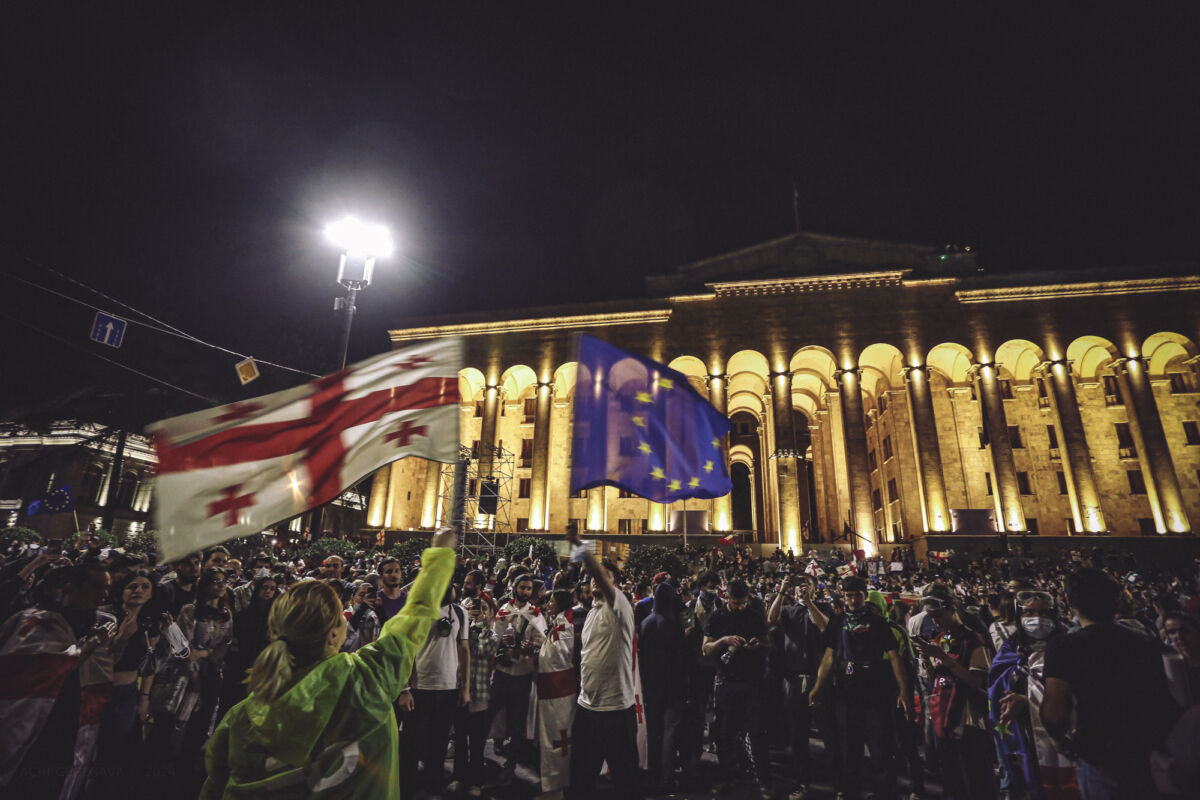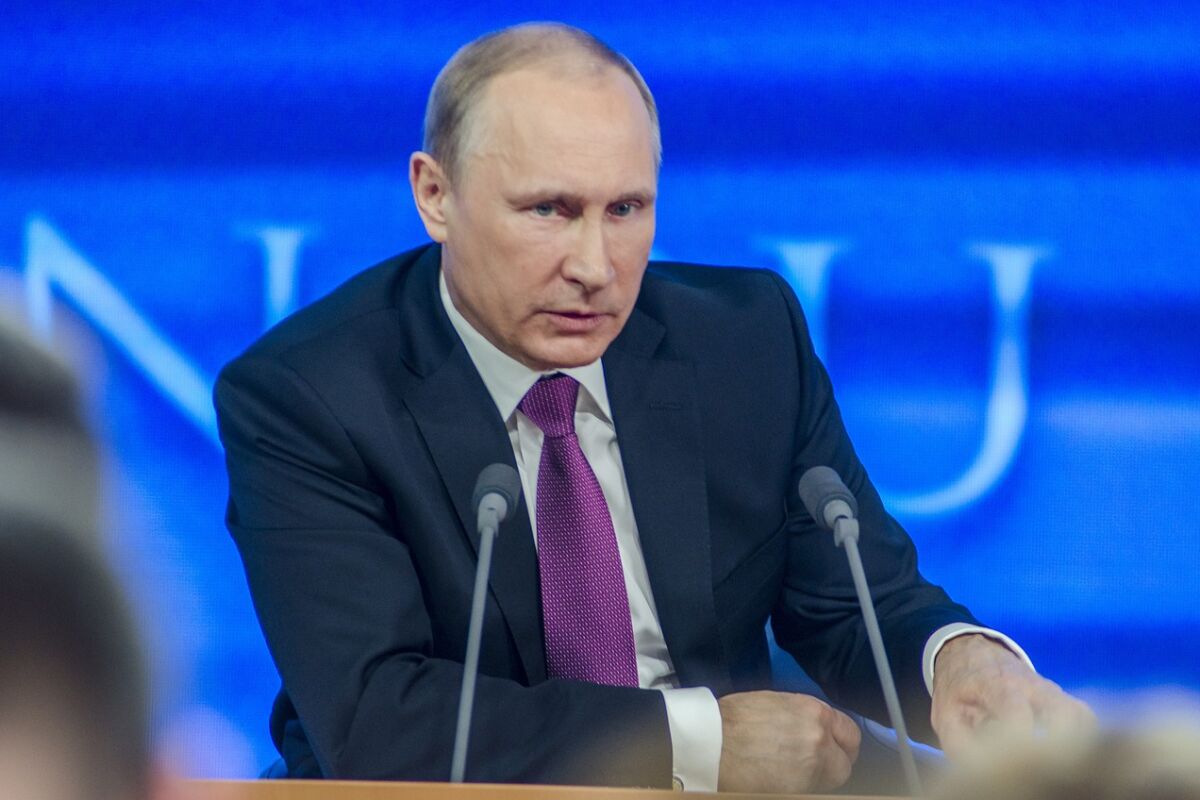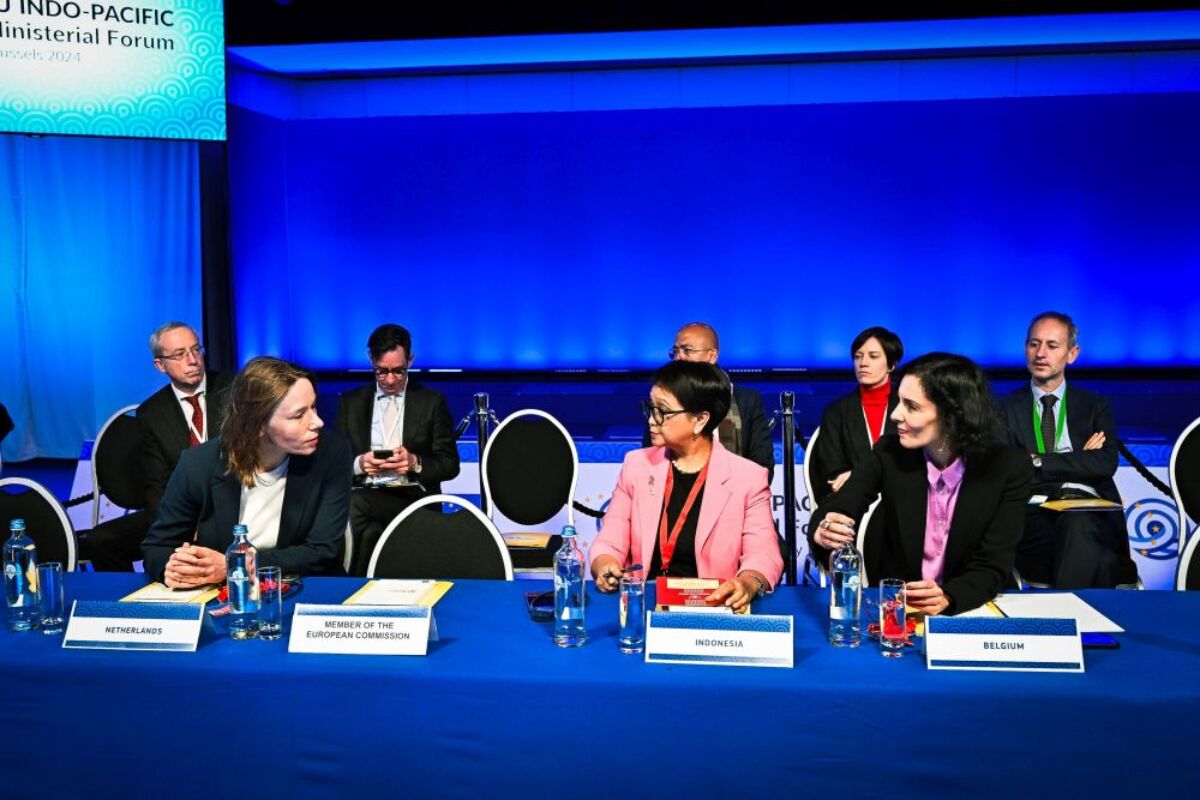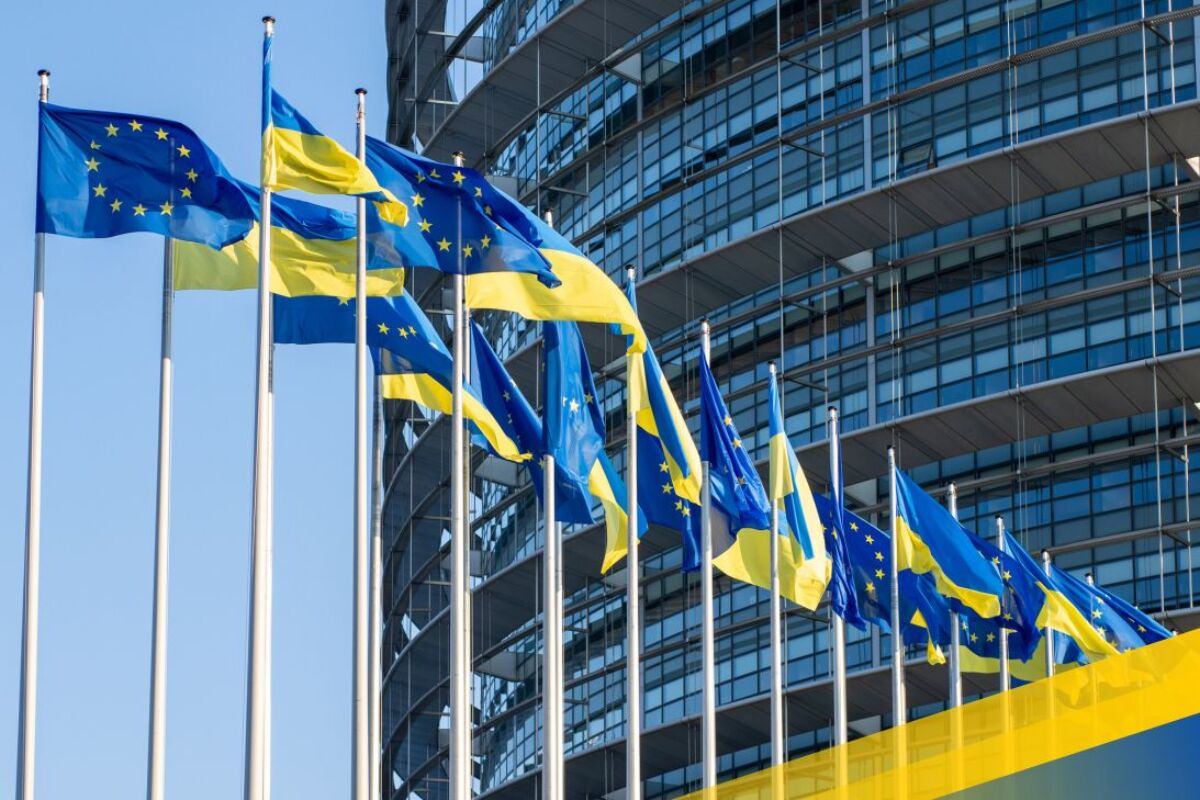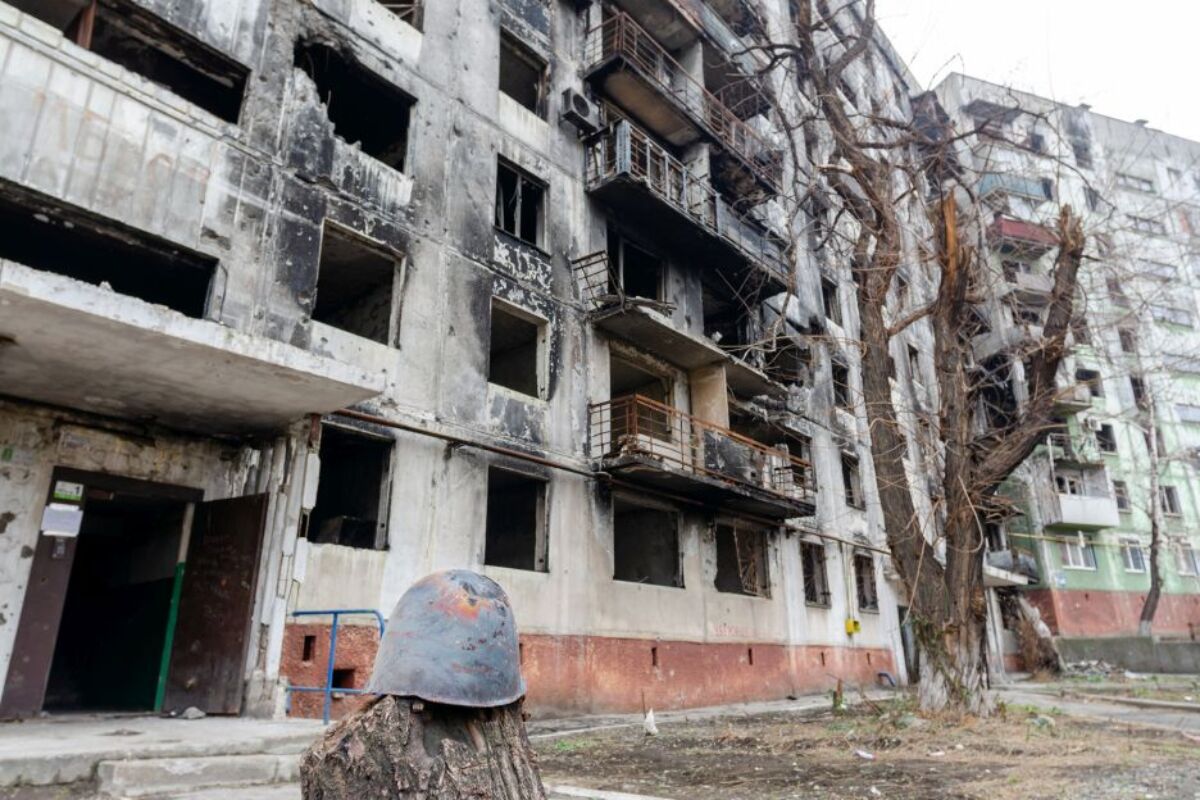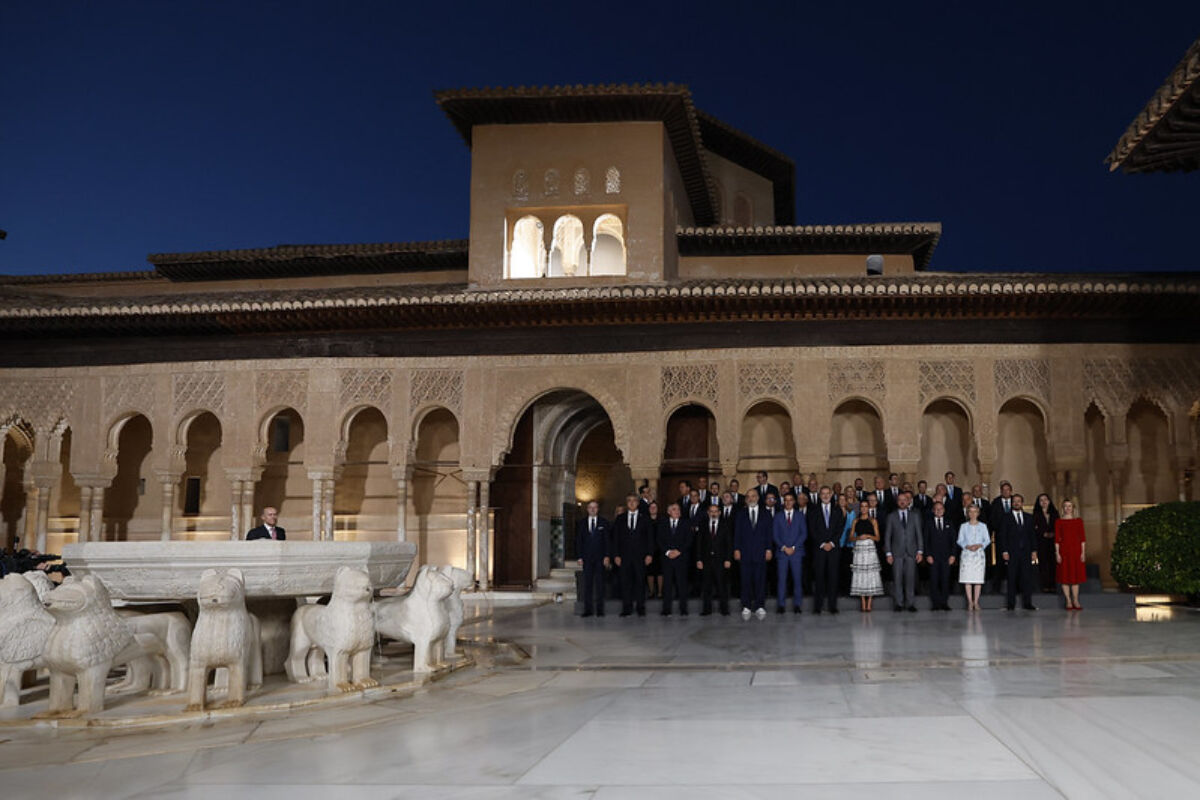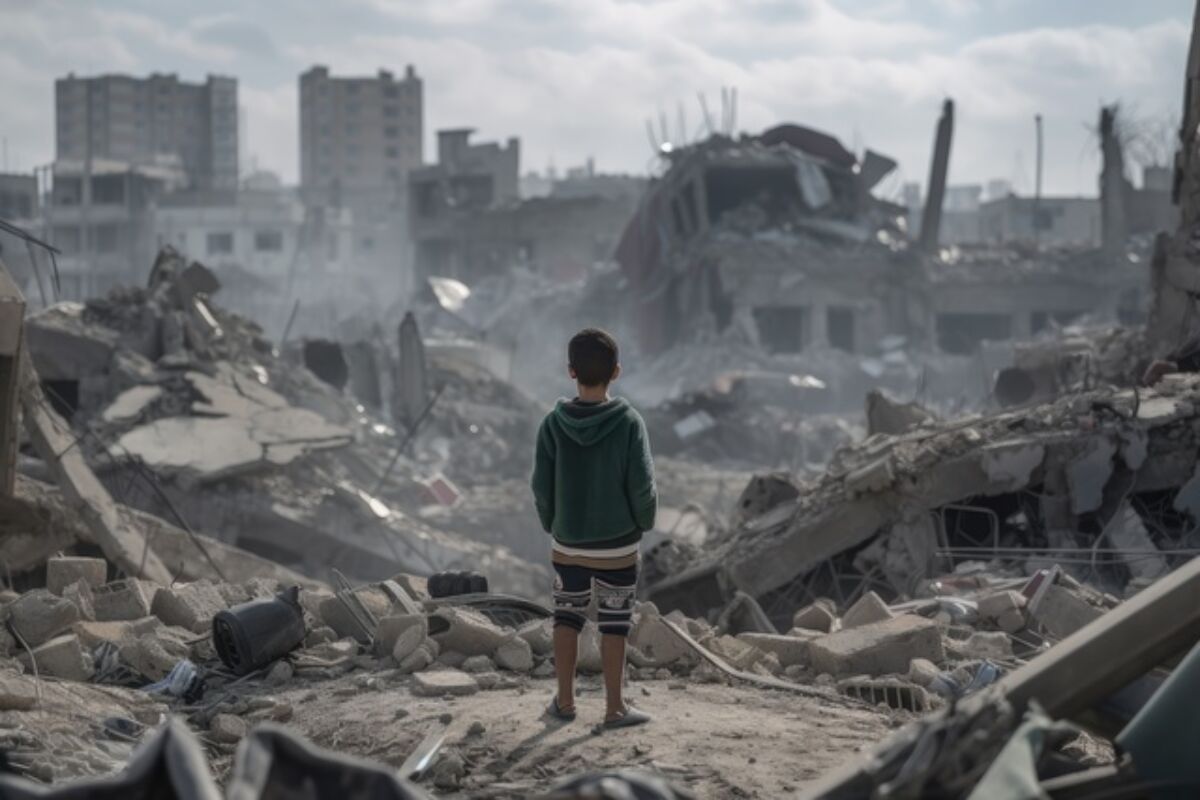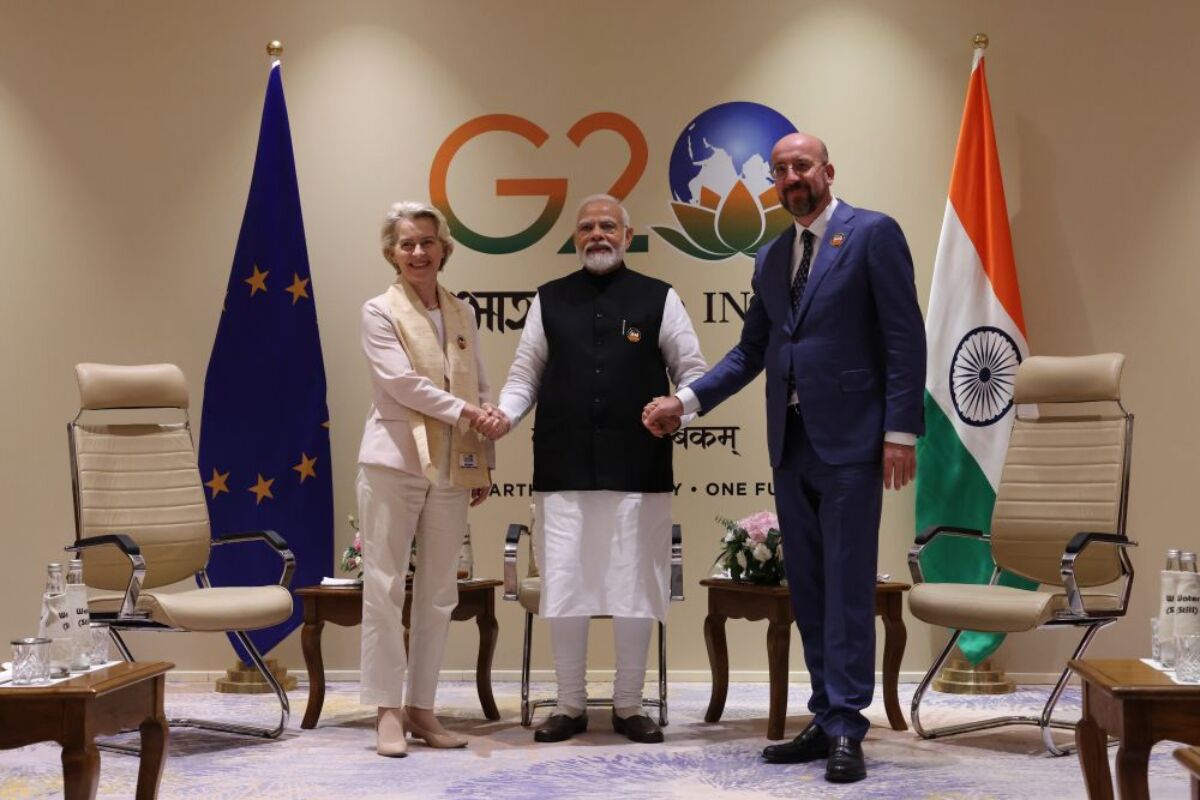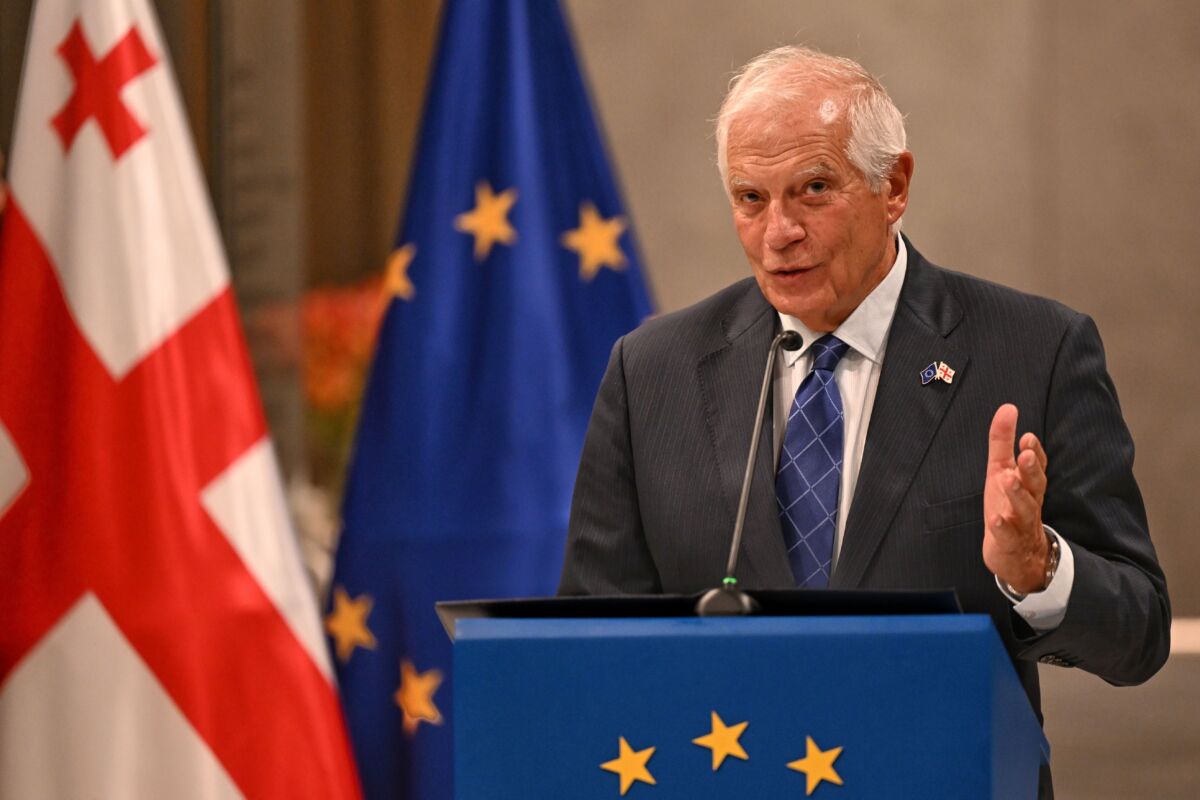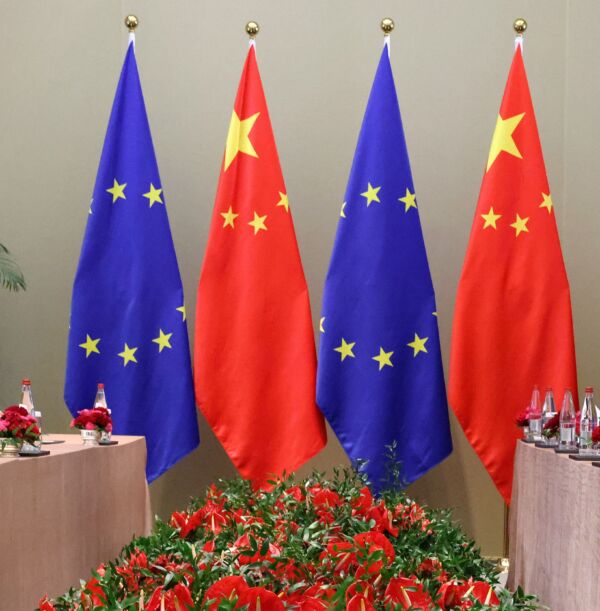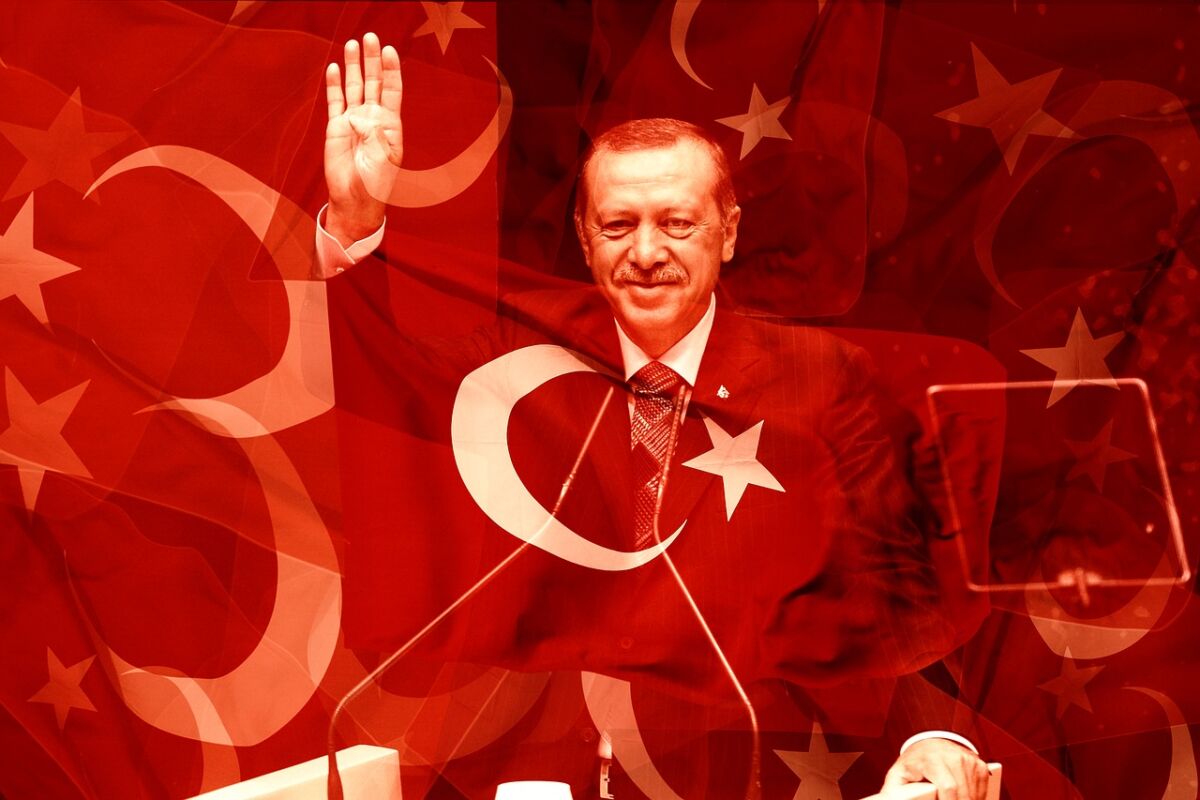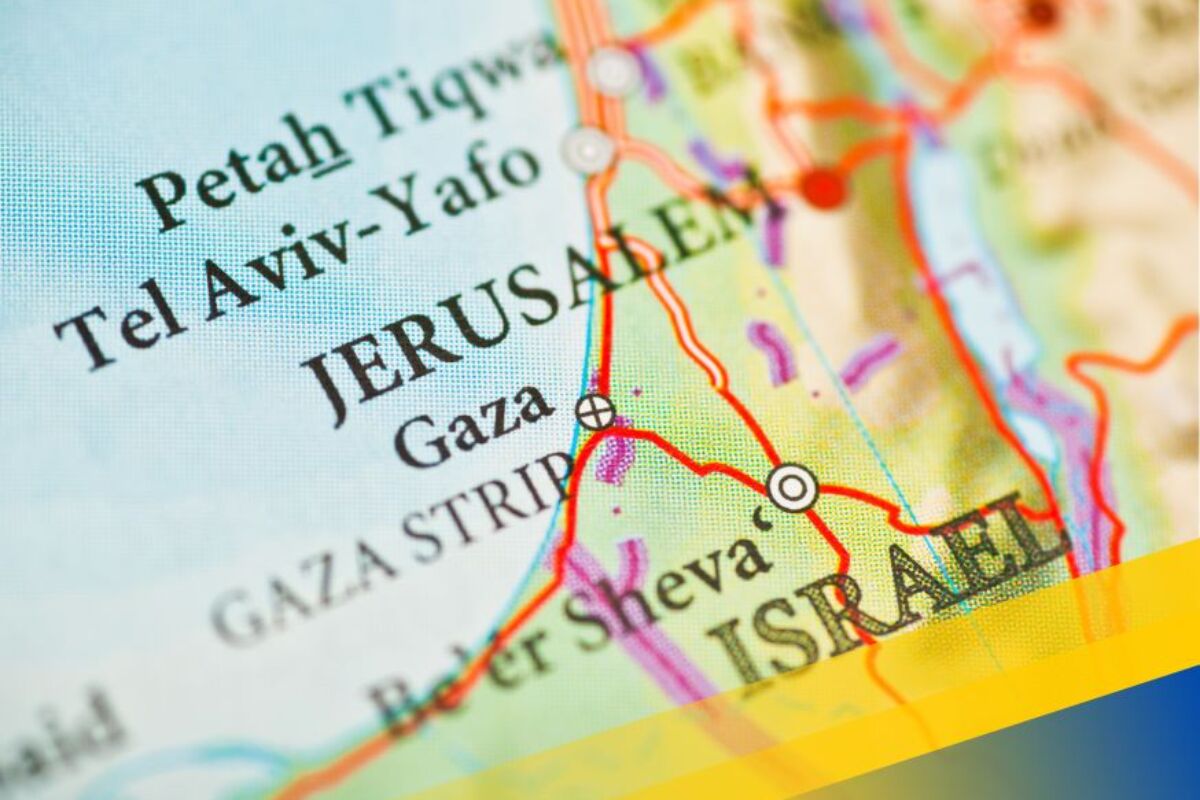Author: Clara Portela
The recent spurt of sanctions activity brings with it a key innovation: horizontal blacklists. This is a welcome development in the EU’s Common Foreign and Security Policy (CFSP) approach to sanctions, argues the author, because it seeks to advance its security policy goals and strike a balance between keeping EU unity intact, maintaining transatlantic solidarity and refraining from further antagonising Moscow.
The present decade has seen a qualitative transformation in the policy of sanctions adopted under the CFSP. The EU has acquired the habit of imposing sanctions that exact an economic cost, not just on the economies of its targets, but also on those of its own member states. Adding to its traditional focus on democratic backsliding, CFSP sanctions policy has embraced new goals: nuclear non-proliferation, as for in Iran or North Korea, and the fight against the misappropriation of state assets, notably in Tunisia or Egypt. For the first time, the EU has targeted a global power in its vicinity, Russia, and managed to sustain this sanctions regime for five years. Over the past few months, however, we have witnessed another intriguing development: a move from country sanctions regimes to horizontal sanctions instruments. Sanctions regimes bearing the country name in their title are the traditional form of CFSP sanctions. Horizontal sanctions regimes, by contrast, are themed rather than country-based. They allow for the listing of individuals and entities responsible for activities that contravene a specific norm, irrespective of their location.
Until very recently, the CFSP’s only horizontal sanctions regime was the anti-terrorism blacklist, implementing the UN’s al-Qaida/Taliban sanctions list created in the aftermath of 9/11. For more than 15 years it was something of an anomaly in the CFSP’s multifarious sanctions toolbox, until last autumn when the EU adopted a sanctions instrument to address the use and proliferation of chemical weapons, allowing it to apply travel bans and asset freezes to those “involved in the development and use of chemical weapons anywhere”.[1]
The first listings were announced only in January 2019 and featured officials from Syria’s Scientific Studies and Research Centre (SSRC), alongside Russians implicated in last year’s poisoning of former agent Sergei Skripal in Salisbury, England. A second horizontal blacklist of cyber-attack perpetrators is due soon,[2] and a human rights sanctions tool for egregious human rights abusers is currently under discussion.[3]
Greater discretion
As EU sanctions activity increases in sophistication, it is no surprise that it resembles the practice of the US, its key ally and the world’s most prolific issuer of sanctions. One might surmise that this development has something to do with Washington’s desire to see its European partners adopt legal instruments that permit the easy transfer of its own listings. And it is no surprise either that their adoption takes place while its closest ally, the UK, is still a full member of the Council.
On first inspection, the shift from country-based to horizontal sanctions regimes does not represent any major transformation of the EU’s sanctions policy as it will not enable it to do anything it is not doing already. Importantly, however, ‘horizontalisation’ does not solve the main problem the EU faces in this domain: the challenges before European courts, which succeed more often than the Council would wish. It does not seem to make any difference whether an individual or an entity is blacklisted under a country-based or a themed instrument, because the effects of inclusion on any blacklist are identical. Indeed, the SSRC had been part of the Syria blacklist before being included on the chemical weapons list.
In any case, the adoption of the blacklists has already had useful political benefits. It has allowed the EU to respond to disquieting developments without pointing the finger at Russia’s leadership. The Salisbury suspects could be listed under the chemical weapons regime rather than under a sanctions regime with Russia’s name on it. This demonstrates one of the wonders of targeted sanctions: they allow for the designation of both state and non-state actors, and need not specify whether state authorities are suspected of being involved at all. The benefit represents a plus in discretion – and ambiguity.
Once the cyberwarfare sanctions blacklist is out, it is likely that some hackers based on Russian territory will feature on the list. And the same might be said of the human rights sanctions regime, modelled on the US and Canadian ‘Global Magnitsky’ legislation,[4] which obviates the name of the late Russian lawyer in the interests of country neutrality, delinking it from legislation focusing on those suspected of his murder. Once the human rights regime is in place, the suspects of Jamal Khashoggi’s murder can be listed under it, making a costly – and unlikely – Saudi Arabia sanctions regime unnecessary.
Greater focus
The horizontalisation of sanctions should be welcomed. It reflects the targeted practice of the EU with greater accuracy than do country regimes. While sanctions regimes feature a country name, they are not really aimed at the country as such but at a number of entities and individuals operating in the country in question. As Canadian pundit Kim Nossal aptly put it, the original US Magnitsky list targeted “only 18 out of Russia’s 143 million people”.[5]
Similarly, the EU’s Venezuela sanctions lists 18 officials out of 32 million, and the Burundi sanctions regime targets 4 people out of 11 million.[6]
Arguably, targeting only a handful of individuals identified on a list featuring the name of country entails a contradiction. Until 2012, the Transdnistrian leadership was listed under an EU sanctions regime bearing the name ‘Moldova’. This was a misnomer because the inclusion of Moldova on the EU’s list of targets suggested that the country itself was under sanctions. Yet there were never EU sanctions against Moldova as such. Rather, the EU targeted those leaders who contested Chisinau’s sovereignty over their territory.
The increased focus is not only good news for advocates of targeted sanctions, it also has policy implications. While the EU has been crafting targeted sanctions for decades, very few people have actually noticed – particularly in the countries where the targets are located. When such targets have been part of state authorities, it has not been in their interests to publicise the fact that they were being personally targeted, not the country as a whole. Their designation on themed blacklists constitutes the ultimate decoupling of sanctions measures from their countries.
The US Global Magnitsky Act illustrates this decoupling. It lists an Israeli national, Dan Gertler, for corrupt mining and oil business in Africa. This designation highlights the undesirable impact of the deeds of an individual in a setting far removed from his country of nationality. There can be no question that this constitutes a US sanctions regime against Israel, the Democratic Republic of Congo or any other state. In sum, because they are the culmination of individualisation, horizontal blacklists will make it more difficult for blacklisted leaders to claim that foreign sanctions are directed at the country’s population.
A chance to rethink blacklisting
Beyond its political uses, the shift to horizontal sanctions regimes represents a chance to review blacklisting practices, whose logic remains opaque. The Council has already been compelled to rephrase its listing criteria due to recurrent annulments by the EU Court of Justice. This has had both positive and negative consequences, however. On the one hand, thanks to the demanding standards set by the courts, the Council has considerably improved the evidentiary basis for listings. On the other hand, it has moved to formulate broader designation criteria, robust enough to withstand judicial scrutiny.[7] While broader designation criteria need not translate into longer blacklists, they still raise questions about their underlying logic, notably in what order do designation rounds happen; why do certain individuals get listed first, others later, and others not at all? What are designees expected to do to become delisted, if this option is available at all? Are blacklists meant to merely stigmatise individuals,[8] or to achieve something with that stigma?
There is also the question whether the current approach to targeting is optimal. For example, blacklisting practices tend to target senior officials rather than political leaders, while the opposite approach, i.e. initiating designations at the top level, could make the policy more effective by concentrating attention on and directly affecting the principal culprits.[9] If little is known about what individual listings are expected to achieve, it is difficult for the public to assess whether the current approach to listing is effective, or even adequate.
Now that horizontalisation is underway, designation criteria will be in the spotlight, and public and possibly also parliamentary scrutiny will increasingly focus on who gets listed, at what level, and for what.
A PDF version of this article is available for download here.
[1] Council Decision (CFSP) 2018/1544.
[2] Cerulus, L. (2019), “Europe hopes to fend off election hackers with ‘cyber sanctions’”, Politico, 12 February (https://www.politico.eu/article/europe-cyber-sanctions-hoped-to-fend-off-election-hackers/).
[3] Bayer, L. (2018), “In accountability drive, Dutch seek targeted EU human rights sanctions”, Politico, 10 December (https://www.politico.eu/article/in-accountability-drive-dutch-seek-targeted-eu-human-rights-sanctions/).
[4] For the US legislation, see Executive Order 13818 Blocking the Property of Persons Involved in Serious Human Rights Abuse or Corruption, 21 December 2017.
[5] Parliament of Canada (2016), Standing Committee on Foreign Affairs and International Development, House of Commons evidence session 15:30, 31 October (http://www.ourcommons.ca/DocumentViewer/en/42-1/FAAE/meeting-30/evidence).
[6] User-friendly information on EU sanctions listings can be found under: https://www.sanctionsmap.eu/#/main
[7] House of Lords (2017), The legality of EU sanctions, European Union Committee, 11th Report of Session 2016-17, 2 February.
[8] Portela, C. (2007), “Sanktionen der EU: Wirksamkeit durch Stigmatisierung?”, SWP Aktuell 63, Berlin.
[9] Wallensteen, P. and Grusell, H. (2012), “Targeting the right targets? The UN use of individual sanctions”, Global Governance 18(2), pp. 207-30.Clara Portela is Professor in the Department of Constitutional Law at the University of Valencia.



